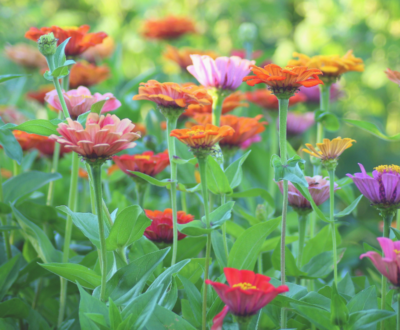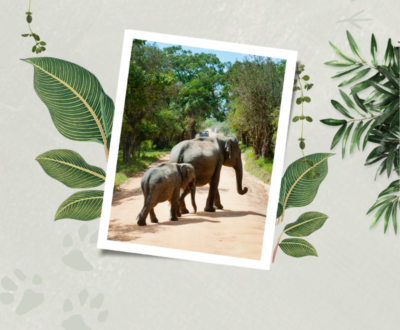- Introduction: Highlight the beauty and significance of national parks that aren’t as famous as Yellowstone or Yosemite.
- Content: Detailed descriptions of lesser-known parks, their unique wildlife, and natural features.
- Tips: Best times to visit, what to pack, and conservation efforts in these areas.
1. Introduction to Lesser-Known National Parks
- Discuss the allure of famous national parks like Yellowstone or Yosemite but introduce the concept of lesser-known parks that are just as beautiful but less crowded.
- Mention the benefits of visiting these hidden gems: fewer tourists, unique landscapes, and often more intimate wildlife encounters.
2. Why Visit Lesser-Known National Parks?
- Avoid Crowds: Many popular national parks are overrun with visitors during peak seasons, while these hidden gems offer more solitude.
- Untouched Nature: Lesser-known parks often have less human impact, meaning more pristine environments and untouched ecosystems.
- Unique Experiences: These parks often have distinct features, such as rare wildlife, geological formations, or cultural history that are not found in more famous locations.
3. Top Lesser-Known National Parks to Explore
- Katmai National Park, Alaska (USA): Famous for its population of brown bears that fish for salmon in Brooks Falls. Fewer visitors compared to Denali or Glacier National Park.
- Sarek National Park, Sweden: A remote, rugged park in Swedish Lapland, perfect for experienced hikers and adventurers looking for solitude and dramatic landscapes.
- Conguillío National Park, Chile: Known for its ancient Araucaria forests, stunning volcanic landscapes, and a diverse range of wildlife.
- Khangchendzonga National Park, India: A UNESCO World Heritage site, offering spectacular views of the third-highest mountain in the world, Mount Kangchenjunga, along with rich biodiversity.
- Tsitsikamma National Park, South Africa: Part of the Garden Route, it features coastal beauty, deep gorges, and dense forests, perfect for hiking, birdwatching, and marine wildlife.
- Mount Aspiring National Park, New Zealand: A paradise for hikers and climbers, with towering peaks, glaciers, and stunning alpine landscapes.
- Retezat National Park, Romania: One of the oldest national parks in Romania, with pristine lakes, high peaks, and rich wildlife, including bears and wolves.
4. What Makes These Parks Special?
- Highlight unique aspects of each park, such as rare ecosystems, geological formations, or cultural significance.
- Mention any endangered species or rare wildlife sightings that might be of interest to nature enthusiasts and wildlife photographers.
- Detail hiking trails, viewpoints, or other key attractions that make these parks stand out.
5. How to Plan Your Visit
- Getting There: Provide travel tips on how to reach these parks, especially those that are remote or less accessible by public transportation.
- Best Time to Visit: Recommend the ideal seasons to visit for each park, considering climate, wildlife activity, and crowd levels.
- Permits and Fees: Mention any permits, entrance fees, or restrictions that visitors need to be aware of, especially for parks with limited access or wilderness permits.
- Accommodation Options: Suggest where to stay—camping, lodges, or nearby towns—and provide tips on booking in advance for less-known parks that may have limited infrastructure.
6. Activities to Enjoy in Lesser-Known National Parks
- Hiking and Trekking: Emphasize the trails in these parks, ranging from beginner-friendly walks to challenging multi-day treks.
- Wildlife Watching: Opportunities for spotting rare or unusual wildlife, often without the competition from large tourist groups.
- Photography: With fewer crowds, photographers can enjoy more time and space to capture the landscapes and wildlife.
- Adventure Activities: Depending on the park, activities like kayaking, rock climbing, birdwatching, or even stargazing can enhance the experience.
7. Respecting and Preserving the Hidden Gems
- Leave No Trace Principles: Educate readers on how to travel responsibly in these lesser-known parks, ensuring they help protect the environment.
- Support Local Communities: Encourage eco-tourism by staying in locally-owned accommodations, hiring local guides, and respecting local customs and conservation efforts.
- Conservation Efforts: Mention any specific conservation programs or protected species initiatives visitors can support through donations or volunteering.
8. Comparing Hidden Gems vs. Famous National Parks
- Highlight the differences in crowd levels, accessibility, and overall experience between visiting these lesser-known hidden gems parks and the more famous ones.
- Encourage readers to explore beyond the usual tourist hotspots to help distribute tourism impact and protect over-visited parks.
9. Practical Tips for Exploring Remote Parks
- Packing Essentials: What to bring for remote or less-developed parks (e.g., extra food, water, navigational tools, camping gear).
- Safety Considerations: Tips for staying safe in remote areas, including dealing with wildlife, changing weather, and limited communication.
- Leave Flexibility: Since some lesser-known parks are more unpredictable in terms of weather and access, recommend building flexibility into travel plans.
10. Conclusion: Embrace the Adventure of the Unknown
- Wrap up by encouraging travelers to step off the beaten path and explore these hidden gems for a more adventurous and rewarding experience in nature.
- Reinforce the importance of responsible travel, protecting these beautiful areas for future generations.
About us and this blog
We are a digital marketing company with a focus on helping our customers achieve great results across several key areas.
Request a free quote
We offer professional SEO services that help websites increase their organic search score drastically in order to compete for the highest rankings even when it comes to highly competitive keywords.
Subscribe to our newsletter!
More from our blog
See all posts
Introduction: The power of Best Wildlife Documentaries in raising awareness and inspiring…
Introduction: The importance of creating wildlife-friendly gardening spaces in urban areas. Content:…
Introduction: The joy and benefits of beginner birdwatching guide. Content: Essential gear,…
Introduction: Common misconceptions about zoos and conversion and their contributions to conservation.…
Introduction: The importance of sustainable travel and its benefits to wildlife and…
Introduction: Overview of how climate change is affecting global wildlife populations. Content:…
Introduction: Importance of wildlife photography in conservation and personal enjoyment. Content: Basic…
India with its vast and varied landscapes, offers some of the world’s…
[easy-share counters=1 counter_pos="inside" native="no" hide_total="yes" fullwidth="yes" fullwidth_fix="100"]
No Comments
Recent Posts
- Top Wildlife Documentaries You Need to Watch August 30, 2024
- Gardening for Wildlife: Creating a Backyard Habitat August 30, 2024
- Birdwatching for Beginners: A Comprehensive Guide August 30, 2024








